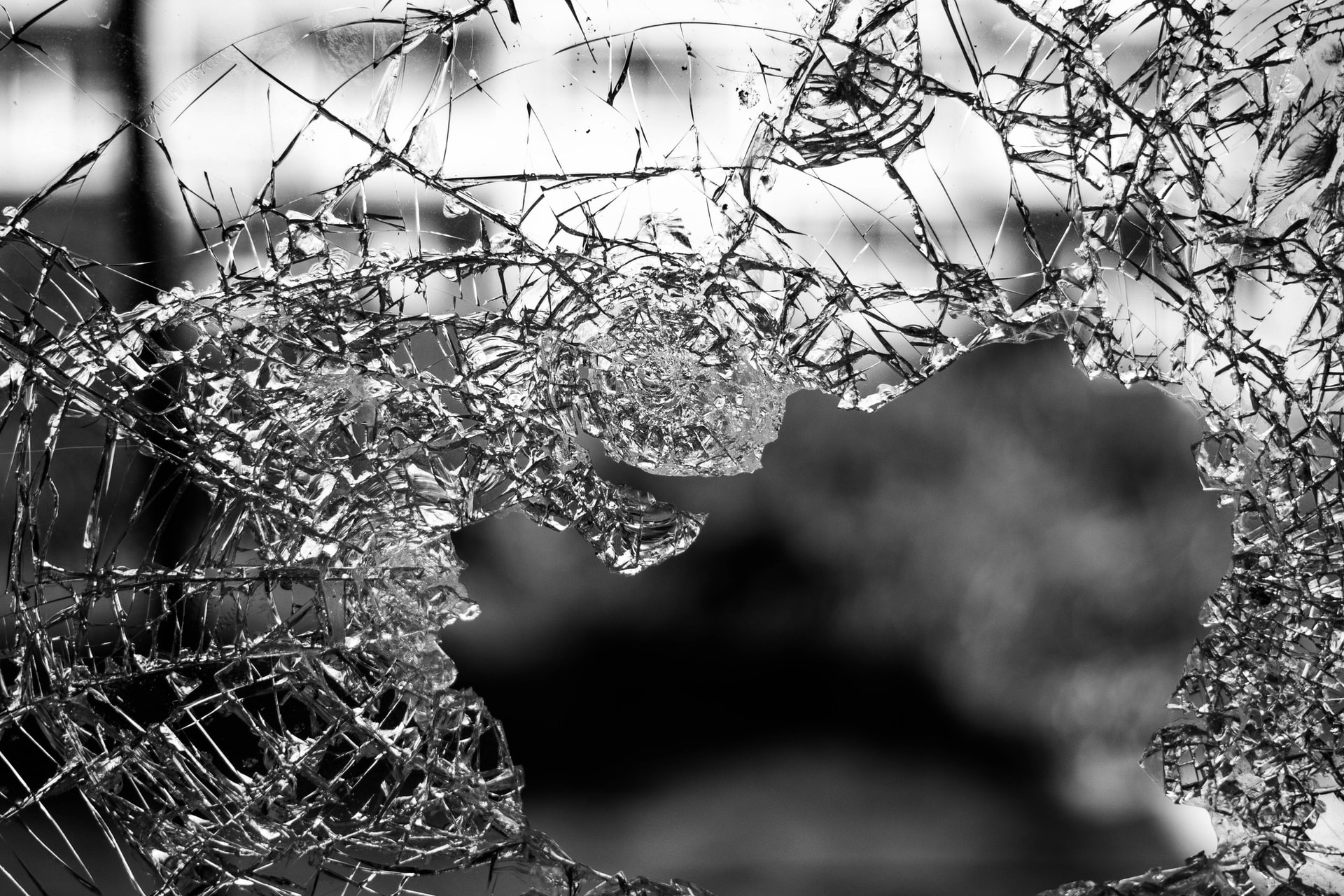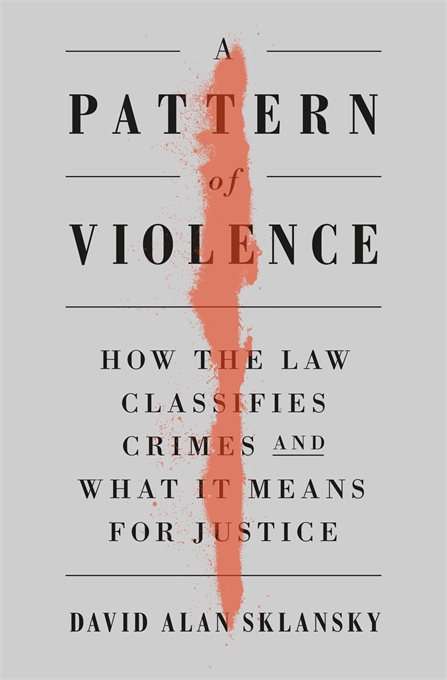When it comes to behavior that we have deemed criminal, the distinction between violent and nonviolent crimes is so widespread today in legal codes and debates about the law that it can seem utterly natural. Scholars, legislators, and some reformers tend to treat it as obvious that violent crimes are the most serious and deserve the heaviest penalties. So-called violent criminals, we think, are why we have prisons; they are what criminal law and criminal punishments are designed, above all, to address. But the sharp distinction between violent and nonviolent crimes, and the great weight placed on that distinction, are modern developments, roughly half a century old. References to “violent crime,” by and large, did not become common in American discourse until the 1970s. Before the late 1960s, in fact, references to “violent crime” were less common than references to “infamous crime” — a legal category that was itself never terribly important, and that in no way tracked the line now drawn between violent and nonviolent offenses.
Historically, the most important distinction drawn among offenses in Anglo-American law has not been between violent and property offenses, or between infamous and non-infamous crimes, but between felonies and misdemeanors. This is a very old distinction, dating back perhaps to the 12th or 13th century. Felonies eventually came to be, more or less, crimes for which an offender could be executed. Still later, in the United States, felonies were crimes punishable by death or by a term of incarceration in a state prison, which typically meant crimes punishable by a term of a year of more. By the late 19th century, if not earlier, complaints were voiced that the distinction between felonies and misdemeanors was “antiquated and unmeaning,” and Great Britain abandoned the distinction in 1967. But the United States has continued to classify crimes as felonies or misdemeanors. The Supreme Court has called this distinction “minor,” “highly technical,” and “often arbitrary,” but it remains the most pervasive way that American law distinguishes between what it deems more serious and less serious offenses. “Felony” has never meant violent crime.
Since the 18th century there have been repeated attempts, some more successful than others, to codify and systematize the criminal law, both in England and later in the United States. Each of these efforts grappled with the question of how best to categorize crimes — what made some kinds of offenses more serious, or deserving of greater punishment. It is striking that until recently none of these schemes placed much, if any, weight on the distinction between violent and nonviolent crimes. The first federal criminal statute referring explicitly to “violent crimes” or “crimes of violence” appears to have been enacted in 1961 — the year before the promulgation of the Model Penal Code, which has influenced state lawmaking and was among the first to advance the idea that violent crimes were the most serious crimes that should trigger the harshest penalties. For the next 20 years, there was exactly one such reference to violent crimes in all of the federal criminal code. Ten more federal criminal statutes referring to “violent crimes” or “crimes of violence” were added in 1994. By 1996 there were 20 such statutes, and a decade later there were 28. Today so many federal statutes use the phrase “crime of violence,” and employ similar definitions of the term, that the Supreme Court has declared that failing to interpret the phrase consistently “would make a hash of the federal criminal code.”
By 1994, President Bill Clinton was warning in his State of the Union Address that “violent crime and the fear that it provokes are crippling our society” and “fraying the ties that bind us.” Not crime in general: violent crime. The omnibus federal crime law enacted that year was called the Violent Crime Control and Law Enforcement Act; among other things, it required any state seeking federal funding for prison construction to prove that it had increased both the percentage of violent offenders sentenced to prison and the average time they spent in prison. By 2007 the legal scholar Jonathan Simon was arguing that the United States had “built a new civil and political order structured around the problem of violent crime.”
How did we get from a world where violent crime was a nonexistent idea to one in which it dominated our discourse? There are a number of possible answers to this question; there can be no question that media, culture, and politics all played a role. But part of the answer is that violent crime ballooned in the 1960s and 1970s. Much could be said about the potential reasons for this rise in violence, and the role of society and government in creating the conditions for it. But for our purposes, the numbers tell us that between 1960 and 1980 the annual murder rate doubled in the United States, from 5 per 100,000 people to 10 per 100,000 people. The “violent crime rate” computed each year by the Federal Bureau of Investigation — a figure that adds together murders, rapes, robberies, and aggravated assaults — more than tripled, rising from 161 per 100,000 in 1960 to 597 in 1980. The increases in major cities were even steeper. The annual murder rate in New York City went from 5 per 100,000 in 1960 to 26 per 100,000 in 1980; in Detroit during the same period the figure rose from 9 to 46. One reason people worried more about violent crime in 1980 than in 1960 was that there was more violent crime to worry about.
The sharp distinction between violent and nonviolent crimes, and the great weight placed on that distinction, are modern developments, roughly half a century old.
But that explanation has limited power. To begin with, crime in general increased in the 1960s and 1970s, and the increases in nonviolent crime were, if anything, sharper than the increases in violent offending. By historical standards, the crime increase in the 1960s was unusually steep, and it lasted unusually long. But it wasn’t the first time that crime, including violent crime, had risen steeply in American cities. It may have been the first time, though, that violent crime was singled out as an issue of special concern. Homicides spiked in New York City and in Boston in the decades leading up to the Civil War, for example, but violent crime never became, then, the kind of issue that it became in the last part of the twentieth century, and the kind of issue that it remains to this day.
So crime trends in the 1960s and 1970s do not, by themselves, explain the focus on violent crime that has come to seem natural in criminal law over the past half century. Other factors were at work. Rising concerns about violent crime in the late 20th century may have been fueled, in part, by a whole series of historical developments that made interpersonal violence seem more frightening — official as well as unlawful violence, overseas as well as domestically. Those developments included, but were hardly limited to: the massive casualties of the first and second world wars; the rise of modern totalitarianism, and the horrific uses of violence by Nazi Germany and Stalinist Russia; the assassination of President John F. Kennedy, the later assassinations of Malcolm X, Martin Luther King Jr., and Senator Robert Kennedy, and the still later attempts on the lives of President Gerald Ford and President Ronald Reagan; the urban riots of the late 1960s; the televised carnage of the Vietnam War, and the revelation of the massacre by American troops at My Lai; the wave of bombings, abductions, armed robberies, and murders carried out by radical groups in the United States and Europe; the police riot outside the 1968 Democratic Convention in Chicago and the fatal shootings of student protesters by National Guard troops at Kent State two years later; the gruesome murders by Charles Manson and his “family,” and the connection those crimes seemed to have with the counterculture and with a general social unraveling; and the wave of riots and violent uprisings in prisons across the country in the early 1970s.
All of these developments contributed to a sense that the 20th century had taken bloodshed to unprecedented levels, and that — in the words of psychiatrist James Gilligan — Americans were witnessing “a continuing and ever-accelerating escalation of the scale of human violence.” The growing importance of violence in criminal law may have also owed something to rising interest in nonviolence as a political method and a moral principle, as reflected in the celebrated campaigns of civil disobedience led in colonial India by Mahatma Gandhi and then in the American South by Martin Luther King Jr.’s Southern Christian Leadership Conference and the Student Nonviolent Coordinating Committee — as well as those led by César Chávez and the United Farm Workers out in the West.
The more that reformers highlighted the plight of nonviolent offenders, the more they argued that people who hadn’t been violent deserved leniency, the more they suggested by implication that people who had been convicted of violent offenses didn’t deserve leniency.
By the mid-1990s, when mass incarceration started to become a priority issue for criminal justice reformers, many of them focused on “nonviolent” drug offenders. Nonviolent offenses were the least serious, and nonviolent offenders were the least physically threatening. Writing in 2010, James Forman Jr. lamented that “since it is especially difficult to suspend moral judgment when the discussion turns to violent crime, progressives tend to avoid or change the subject.” Forman warned that targeting reform efforts at nonviolent offenders did not just respond to prevalent ideas about the relative severity of offenses; it reinforced those ideas. The more that reformers highlighted the plight of nonviolent offenders, the more they argued that people who hadn’t been violent deserved leniency, the more they suggested by implication that people who had been convicted of violent offenses didn’t deserve leniency.
When the law students that I teach visit prisons, what tends to surprise them most is that the correctional staff view murderers as model inmates. This surprises my students because they had assumed, without giving it much thought, that criminal violence is carried out by hardened, incorrigible offenders, and that the more violent the crime, the less redeemable the offender. The same idea about the origins of violence underlies much of how criminal law now addresses the problem of violence. It is an idea that makes the significance of violence in sorting and responding to unlawful behavior seem obvious. But it is not obvious; indeed, it is wrong.
Excerpted from A Pattern of Violence: How the Law Classifies Crimes and What It Means for Justice by David Alan Sklansky, published by The Belknap Press of Harvard University Press.
Image: Unsplash


